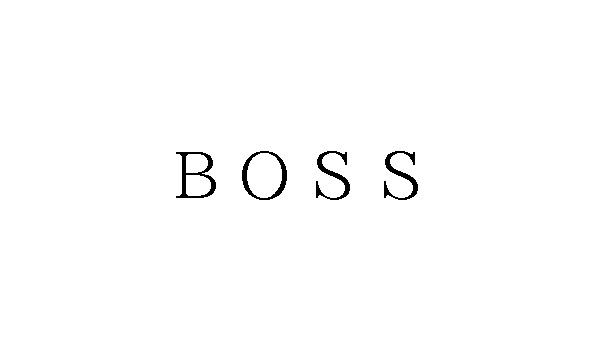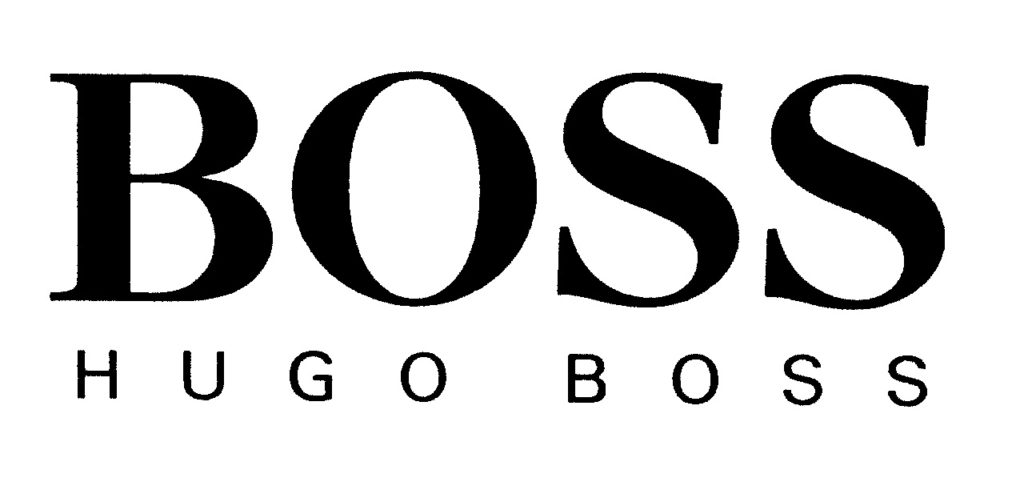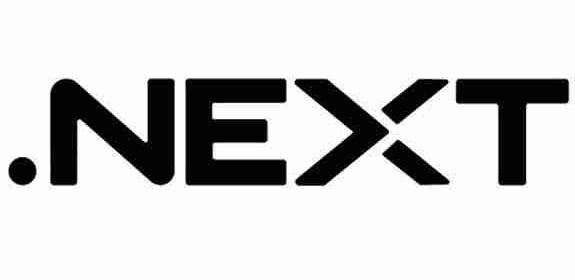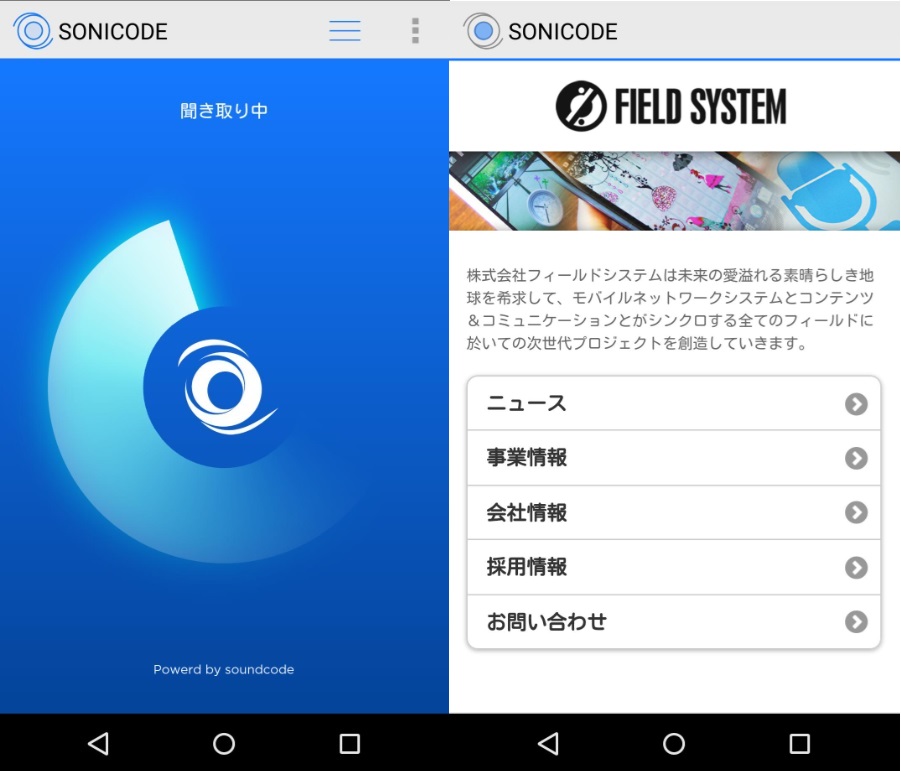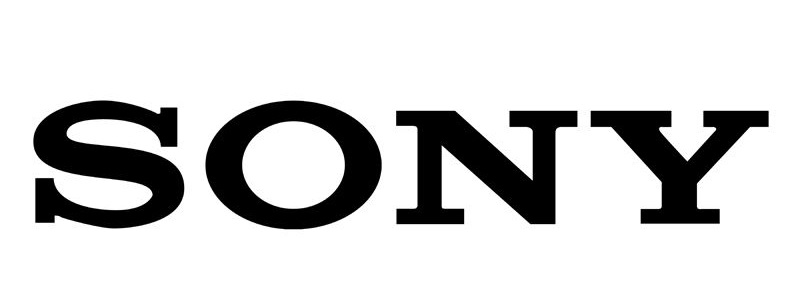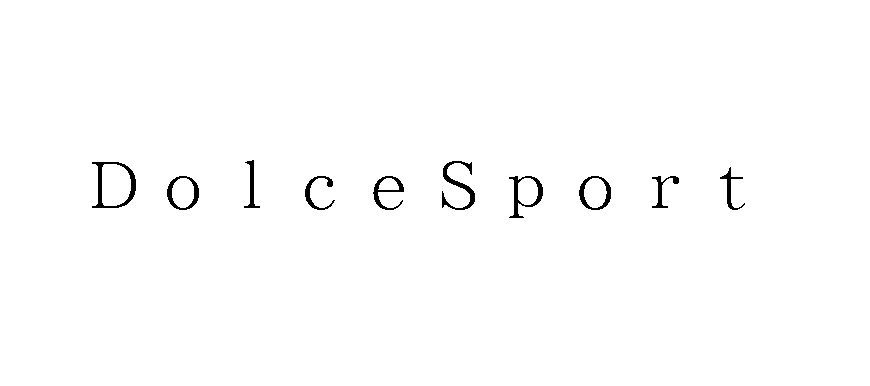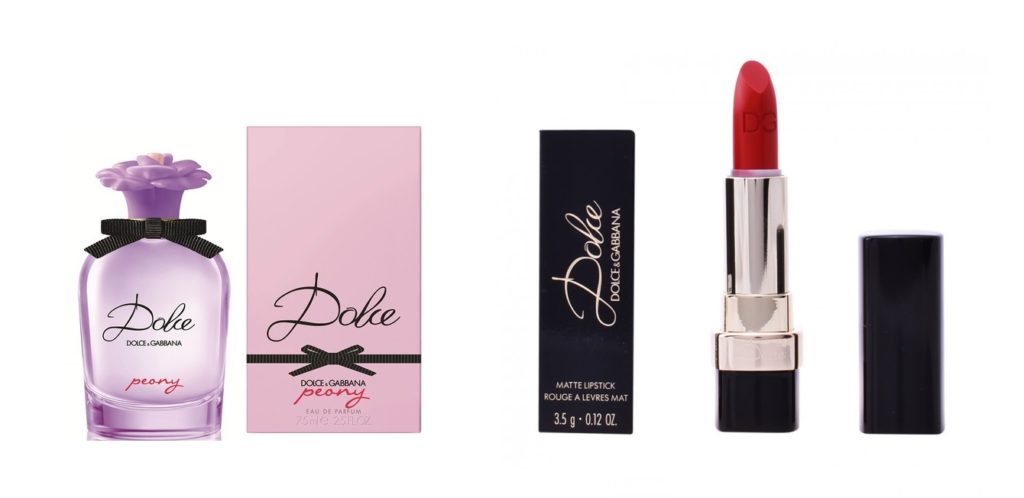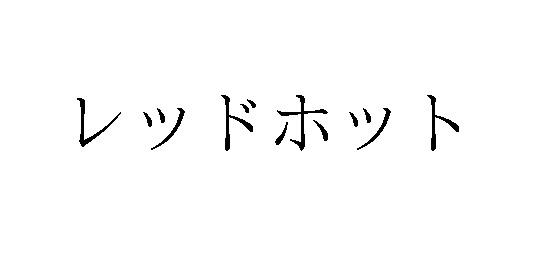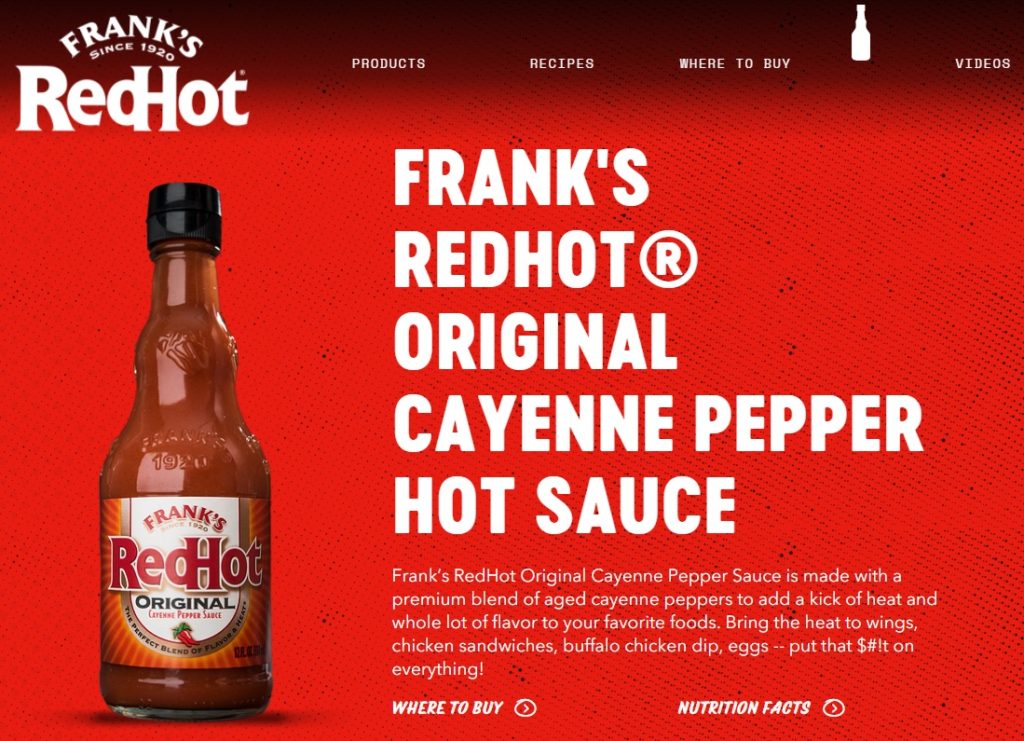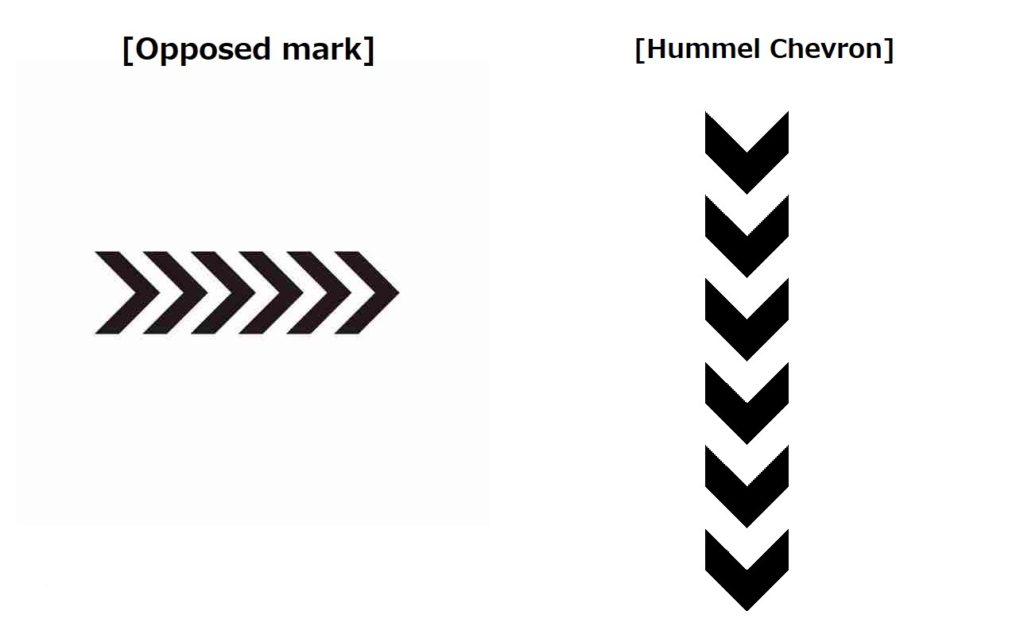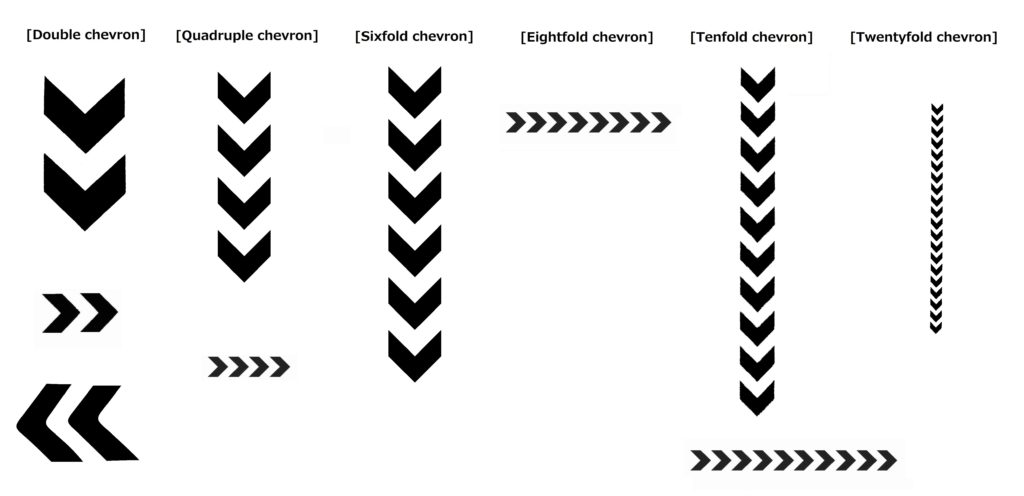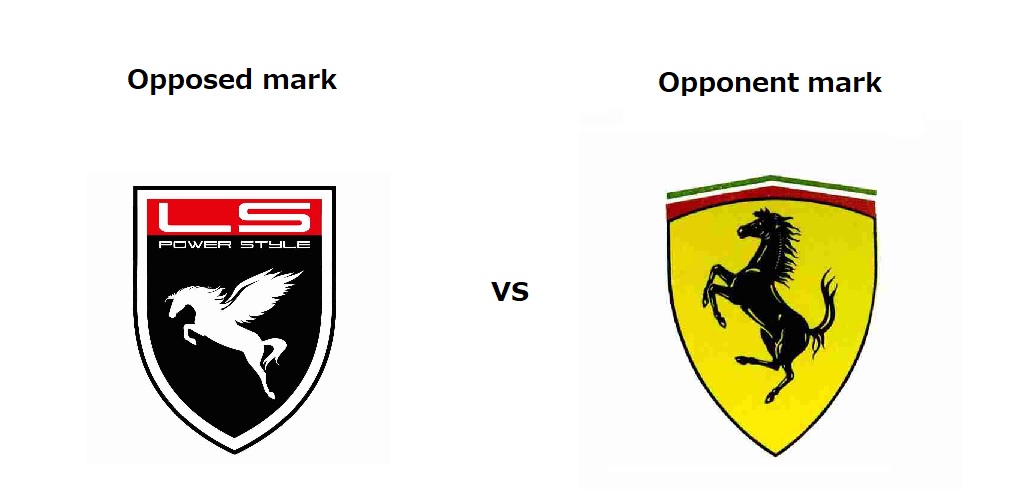In recent administrative decision, the Japan Patent Office (JPO) decided TM Reg no. 6253344 for wordmark “Miracle Volume” is dissimilar to senior registered mark “MIRACLESUIT” and “MIRACLEBODY” and dismissed an opposition claimed by A&H Sportswear Co., Inc., the owner of senior marks.
[Opposition case no. 2020-900196, Gazette issued date: August 27, 2021]Miracle Volume
Opposed mark, consisting of the word “Miracle Volume” in standard character, was filed by a Chinese company for use on clothing, footwear, headgear as well as swimsuits in class 25 with the JPO on June 4, 2019 (TM Application no. 2019-77831).

The JPO admitted registration on May 12, 2020 and published for opposition on July 9, 2020.
Opposition by A&H Sportswear
A&H Sportswear Co., Ltd. filed an opposition on August 11, 2020, and argued the opposed mark “Miracle Volume” shall be cancelled in contravention of Article 4(1)(xi) of the Japan Trademark Law since the opposed mark is similar to its owned senior marks, “MIRACLESUIT” and “MIRACLEBODY”.
Allegedly, the word “Volume” has a low degree of distinctiveness since it just implies the goods in question voluminous. If so, a prominent portion of the opposed mark shall be undoubtedly “Miracle”.
Senior TM Reg no. 4789644 for wordmark “MIRACLESUIT” in class 25, consists of two words, “MIRACLE” and “SUIT”. It is obvious that the word “SUIT” lacks distinctiveness in relation to the goods in questions since it means ‘a set of clothes or a piece of clothing to be worn in a particular situation or while doing a particular activity’. Consequently, a prominent portion of “MIRACLESUIT” shall be “MIRACLE”.
TM Reg no. 5121472 for wordmark “MIRACLEBODY” in class 25, also consists of two words, “MIRACLE” and “BODY”. The word “BODY” has a low degree of distinctiveness in relation to the goods in question since it suggests the goods bearing the mark for consumers to put on. If so, likewise, a prominent portion of “MIRACLEBODY” shall be “MIRACLE”.
In so far as relevant consumers conceive of the literal element of “MIRACLE” as a prominent portion on both marks, they shall be confusingly similar accordingly, A&H Sportswear alleged.
JPO decision
The Opposition Board did not find a reasonable ground to believe that the consumers consider the word “Miracle” as a prominent portion of the opposed mark from visual and phonetical points of view. Besides, the word “Volume” per se would not entirely be descriptive in relation to apparels. If so, the opposed mark shall be taken for a coined word in its entirety.
Similarly, from visual, phonetical and conceptual points of view, the cited marks, “MIRACLESUIT” and “MIRACLEBODY”, shall be taken for a coined word in its entirety.
In assessing similarity of mark, the Board opined that the opposed mark “Miracle Volume” and the cited marks are sufficiently distinguishable because of difference arising from the word “Volume”, “SUIT”, and “BODY”.
Even if the goods in question are deemed similar to that of the cited marks, severe distinction in appearance and sound would be unlikely to cause confusion among relevant consumers.
Based on the foregoing, the Board did not side with A&H Sportswear and dismissed the opposition totally.

